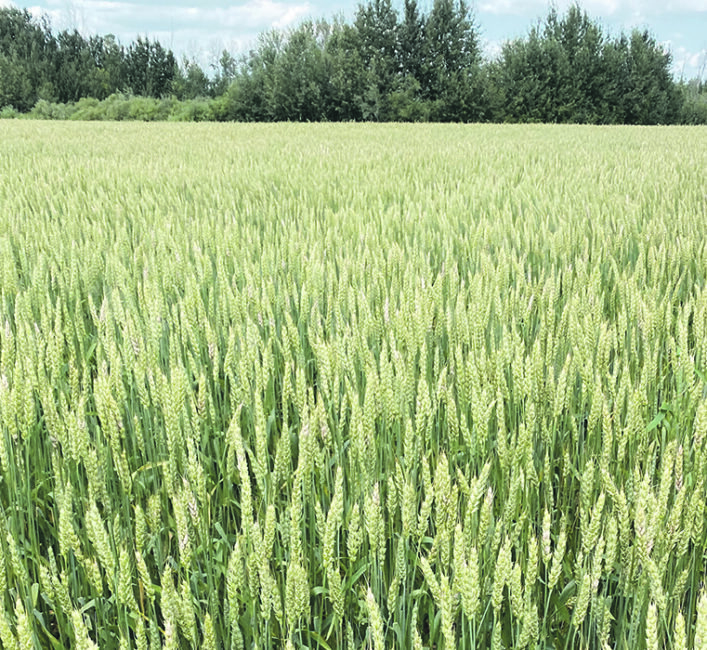China may open up to more wheat exports

The country started filling its tariff rate quota for the crop after losing a WTO challenge, and may now be set to double it
Rumours have surfaced that China may double its tariff rate quota for wheat in 2021-22, which would be extremely bullish for the crop, says an analyst.
The current TRQ is set at 9.64 million tonnes. That is the amount of wheat China will allow into the country per year at a one percent duty.
Anything beyond that amount faces a 65 percent duty.
In the past, China did not come anywhere close to filling its TRQ. But that changed last year after China lost a World Trade Organization dispute launched by the United States that contended the country was mismanaging its program.
China suddenly imported 10.5 million tonnes of wheat in 2020-21, doubling the previous year’s total.
Other factors that influenced the surge in imports were China’s Phase One trade agreement with the U.S. and sky-high corn prices.
The USDA is forecasting a repeat performance in 2021-22, penciling in another 10 million tonnes of Chinese wheat imports.
But the USDA’s Foreign Agricultural Service indicated it could be far more than that.
“There are rumours that China will issue an additional 10 million tonne wheat TRQ to state-owned enterprises,” stated the FAS in its July 1 China Grain and Feed Update report.
However, it added that industry sources are skeptical there is enough market demand to support that additional volume of imports unless they are intended solely to replenish government reserves.
In fact, the FAS is forecasting eight million tonnes of imports, two million tonnes below the USDA’s official estimate.
It noted that wheat silos are full in China due to high imports in 2020-21 spurred by Phase One agreement purchases and fears of COVID-19 supply chain disruptions.
MarketsFarm analyst Bruce Burnett has heard the same rumour about China possibly doubling its TRQ.
“Overall, that would be very positive from a demand point of view for global wheat,” he said. “It would be very, very supportive.”
It would be particularly bullish for spring wheat if China is using the imported wheat to restock its reserves because the government tends to use high quality, high protein wheat for that purpose, said Burnett.
However, if that caused wheat prices to rally, China would likely hold off on restocking its reserves until prices calmed down.
If the wheat was required for food or feed purposes, that would be a different story. China would likely keep importing the product despite a price rally.
Burnett noted China recently issued new guidelines recommending that hog and poultry producers use less corn and soymeal in their rations, substituting more wheat, rice and other crops.
That could be the reasoning behind the rumoured doubling of wheat TRQ. A lot will depend on how the U.S. corn crop turns out and what that does to prices, Burnett said.
The FAS said very little wheat was imported for feed purposes in 2020-21 with the exception of some French wheat that was originally destined for the milling market.
“Multiple contacts confirm that any imported wheat used for feed was either old or only sent to feed mills after it was unsuitable for milling,” stated the FAS.
“Both flour and feed mills report that the economics of feeding imported wheat do not make financial sense.”
Source: producer.com

